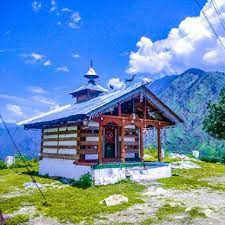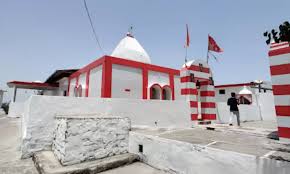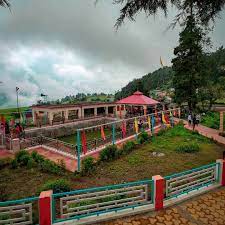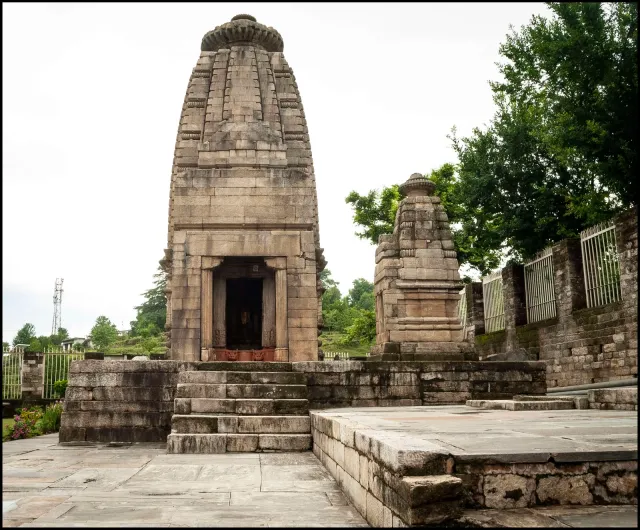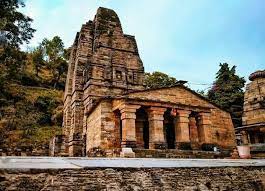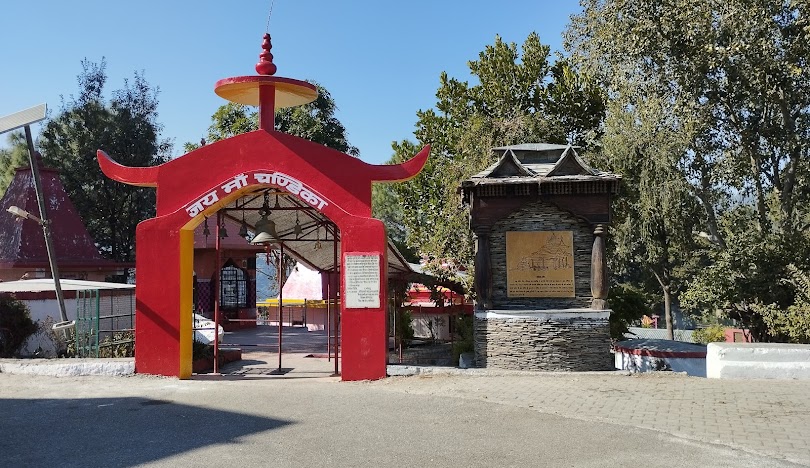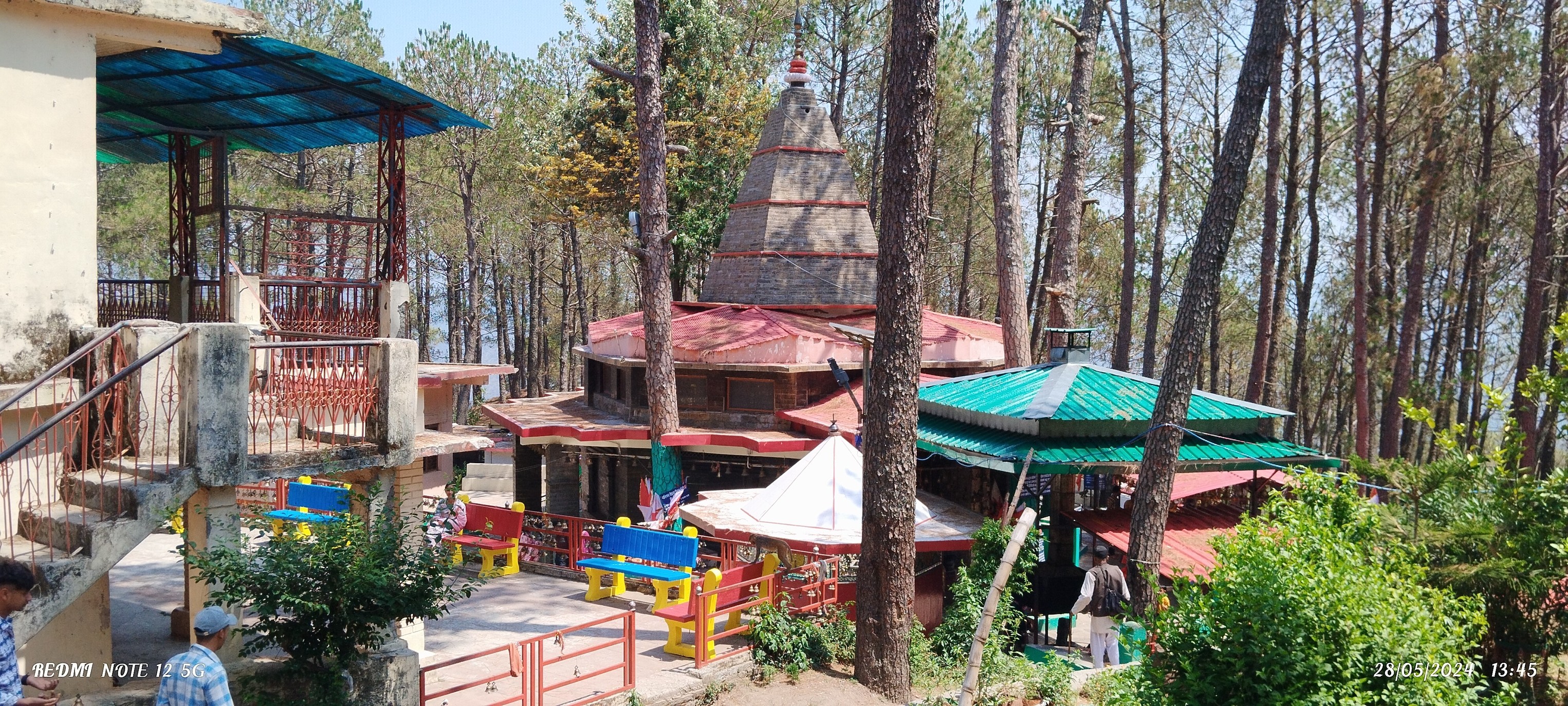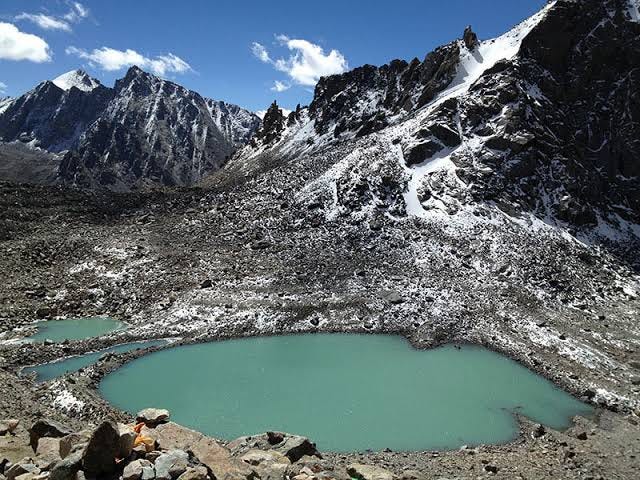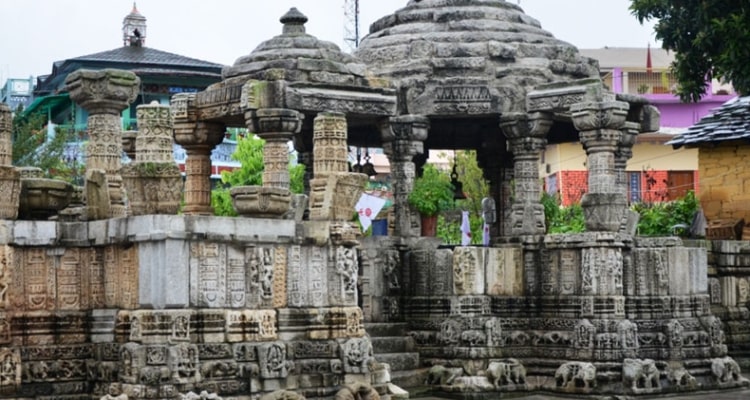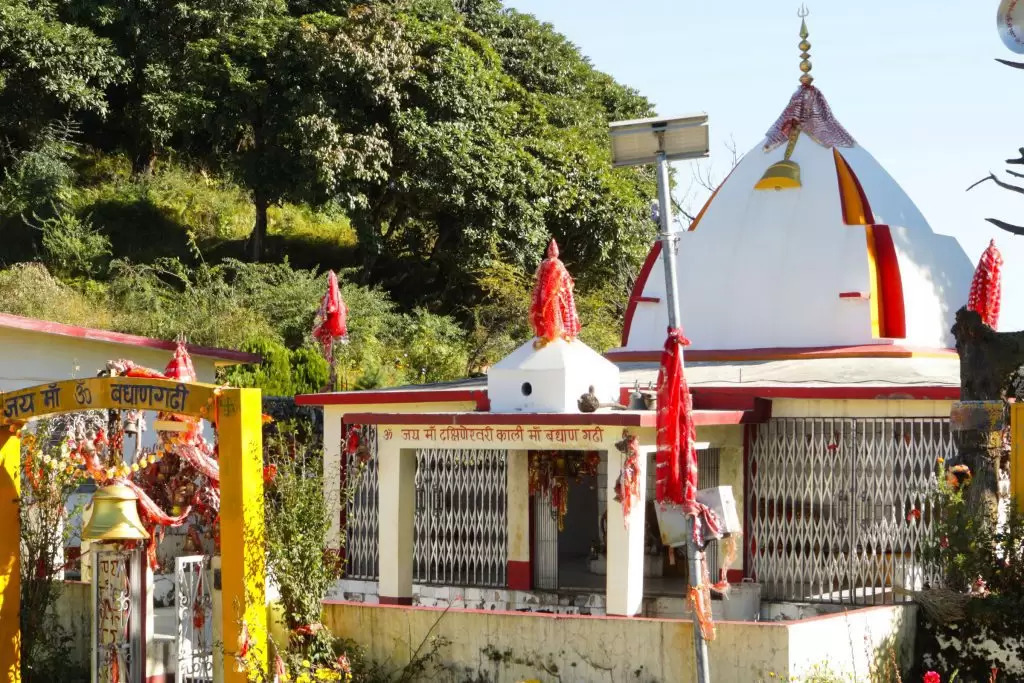Almora has its own pace. Roads bend and climb, the air smells of pine, and some distance beforehand the Himalayas stretch like a painted backdrop. Somewhere between the forests and the fields stands the Shri Someshwar Mahadev Temple. It isn't always the largest shrine in Kumaon, not the busiest either; however, it feels constant, love it has been looking quietly for hundreds of years.
When you arrive, you do not see a towering gate or a large courtyard. Just stone partitions, a small doorway, and the sound of a bell shifting within the wind. That first impact already tells you what form of vicinity this is. Simple. Grounded.
The Original Story
Local people connect this temple to the Chand kings. Most claim that a Chand ruler, the founding father of Almora, named Raja Somchand, has provided a name to this temple. Lord of the moon is how people call Someshwar. Even Almora's own name has a connection to him. History doesn't seem distant here. It feels like a living history integrated into how people still worship.
In this innermost sanctuary, the शिवलिंग is decorated with a variety of flowers, बेलपत्र, and streaming droplets of जल. A bronze pitcher slowly releases streams of water upon itself. Persons come in, join palms in adoration, mutter a mantra, and then depart. It is a relaxed atmosphere.
The Walk Up
The road to Someshwar passes through small villages. Children run barefoot across the fields. Women carry bundles of grass on their backs. At a bend, the temple finally comes into view. Not grand, but welcoming.
The courtyard opens into the hills. From one corner, you could see terraced fields falling into the valley. The air is sharper here, cleaner, with the scent of pine needles warming under the sun.
Inside the Sanctum
It is dim, nearly cave-like. The ground cools your toes right away. A few lamps burn, their mild flickering towards the walls. The priest chants softly, half to himself. Someone pours जल, someone else circles the शिवलिंग with folded fingers. No one speaks loudly. You listen best bells and murmurs of “ॐ नमः शिवाय.”
On Shivratri, that quietness is modified. The courtyard fills with people, lamps are positioned anywhere, and the chant rises in waves. Women sing bhajans in companies, men convey services, and youngsters run around wide-eyed with the exhilaration of being allowed to stay up all night. The temple does not sleep then.
The World Around It
Tall देवदार and pine timber maintain the temple like guardians. Birds call from the branches, on occasion breaking the silence, every now and then adding to it. In winter, mist wraps the entire courtyard. On summer evenings, the stones nonetheless keep the day’s warmth.
Sitting on the steps, you note how the temple feels much less like a shape and more like a part of the landscape. It does not compete with the hills. It belongs to them.
Life and Festivals
Sawan brings steady streams of people. Mondays are especially busy. Groups of boys carry pots of water from nearby rivers, shouting Shiv’s name as they climb. Old men walk slowly with sticks, each step deliberate. Women bring plates of flowers and oil lamps.
The courtyard fills with chatter, music, and the smell of incense. It feels like a village fair, but softer, closer. Unlike big shrines where crowds blur into one mass, here you still see faces, hear individual voices.
Why People Keep Coming
For locals, the temple is part of their rhythm. Farmers bow here before going to the fields. Families bring newborn children for blessings. Travelers stop to rest in the courtyard.
One man told me, “यहाँ भगवान शिव घर जैसे लगते हैं.” For him, the temple is not about grandeur; it is about presence. Lord Shiva here feels like a family elder, someone always near, always steady.
The Stories That Travel
Ask around, and you hear small stories. An old woman remembers her father bringing her here every Monday of Sawan. Now she does the same with her grandchildren. A farmer says he once prayed here for rain, and the clouds opened the next day. Someone else says Raja Somchand himself prayed at this very spot.
These tales are not written in books. They pass through voices, held in memory, carried like faith itself.
Leaving the Temple
On your way down, the sound of the bell still echoes faintly. The smell of incense stays on your clothes. If you came in the morning, the sun will be climbing higher over the hills. If in the evening, the sky will already be turning orange.
You walk away with something more than memory. It is not dramatic. It is quiet. A kind of calm that follows you back into the noise of town life. Someshwar Mahadev does not try to overwhelm you. He simply waits, steady as the stones of Almora, for whoever chooses to come.,

